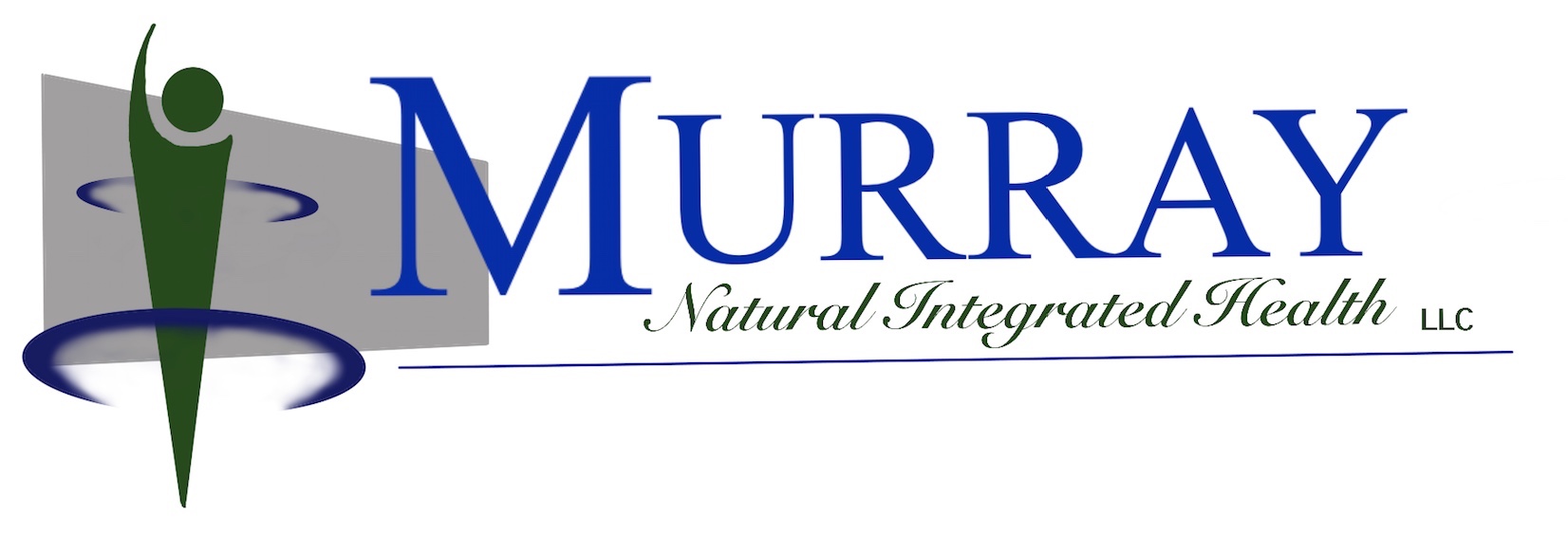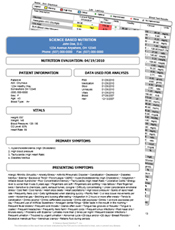Lipid peroxidation is the oxidative damage caused to the lipids (cholesterol and other fats) contained on cell membranes. This lipid layer on the cell membrane has structural and functional roles in a healthy cell. They play a role in regulating cell growth and adhesion, participate in biosynthesis of other biomolecules and serve to increase enzymatic activities. It has long been recognized that high levels of free radicals or reactive oxygen species (ROS) can inflict direct damage to these lipids on cell membranes.
This type of damage to the cell membrane has been implicated as a cause of Inflammatory conditions, Atherosclerosis, Irritable Bowel Disease, Borderline Personality Disorder, Asthma, Parkinson’s disease and other neurological disorders, kidney damage, miscarriage, preeclampsia and cancers.
While it is understood the body produces ROS from normal metabolic activity, the body can get overwhelmed with ROS should there be significant ROS created from events outside of the body. Different environmental stimuli, such as the ionizing radiation, ultraviolet rays, tobacco smoke, pathogen infections, environmental toxins, and exposure to herbicide/insecticides, are also sources of ROS production. Another way ROS can overload the body is when dietary choices lack quality fruits, vegetables, nuts and seeds all of which contain vital nutrients needed to ward off the effects of ROS.
One often overlooked (and rarely tested) cause of lipid peroxidation is iron overload, also known as Hemochromatosis. There are genetic and non-genetic causes of Hemochromatosis. Some iron is necessary for many cell functions however too much iron can damage the heart, liver and other vital organs. Testing the serum Iron and serum Ferritin are good ways to detect if you’re getting too much iron. Unfortunately, most doctors do not order the serum Ferritin for routine physicals. Fortunately for our patients, these are routine tests performed in our office. Hemochromatosis, once accurately diagnosed, is a relatively simple disease to remedy. The easiest way to get rid of iron is to bleed. Yes…bleed! Donating blood helps to relieve the body of iron. Of course, one may also need to reduce their sources of iron intake such as avoiding supplements containing iron and red meat. Another potential source of iron is water contamination usually found in well water. One may also consider supplementing certain nutrients that help reduce the effects of lipid peroxidation regardless of the cause. Vitamin E is one such nutrient that helps reduce the effects of lipid peroxidation caused by iron overload. (4,5)
Vitamin E is a most effective antioxidant for lipid peroxidation occurring on the surface of cell membranes. (1,2) There are 4 tocopherols (α, β, γ, δ) and 4 tocotrienols (α, β, γ, δ) in the Vitamin E family. It has long been recommended to supplement Vitamin E in the form of alpha-tocopherol because according to the Linus Pauling Institute it is the most active form in the human body. However, more research is coming out that the gamma-tocopherols have a significant purpose as well. According to Jiang et.al., “gamma tocopherol complements alpha-tocopherol by trapping reactive nitrogen oxides…” (3) Supplementing alpha-tocopherol alone has been shown in humans to reduce serum gamma-tocopherols by as much at 58% as well as reduce detectable levels of delta-tocopherol. (3) When choosing a Vitamin E supplement, look for “mixed tocopherols” on the supplement label. This will ensure you’re getting a good mix of the 4 types of Vitamin E tocopherols. How much do you need? The best answer for that question is you need to test to know exactly what you need.
In the US, 90% of the population does not achieve the 15mg/day of Vitamin E recommended for male and females 14 years of age and older and 19mg/day for lactating women. Nuts and seeds are generally the best dietary source of Vitamin E. This article is not meant to imply that Vitamin E is the cure all for any disease listed nor is it meant to be taken alone. The Vitamin E works in conjunction with other antioxidants to relieve the body of ROS. After all, the food you eat doesn’t contain only one vitamin so why should your dietary supplementation consist of only one vitamin? Vitamin E would be a good addition to your supplement regimen for its potential preventative actions. However, those who have impaired clotting ability or are on anticoagulant therapy should take caution supplementing Vitamin E and should only do so under the care of a qualified healthcare provider.
If you’re still unsure if your supplements are working for you, the best way to determine this fact is to test. Our goal is to help people live their lives in the healthiest way possible. By testing a comprehensive blood panel and hair tissue mineral analysis, we are able to determine other necessary vitamins and minerals you may need to optimize your health. Get tested today to find out where to start and know exactly what to do and what to take for better health!
References:
- Gropper, et.al., Advanced Nutrition and Human Metabolism, 4th Ed., page 355-356.
- Gropper, et.al., Advanced Nutrition and Human Metabolism, 4th Ed., page 337.
- Jiang Q et.al., “Gamma-tocopherol supplementation inhibits protein nitration and ascorbate oxidation in rats with inflammation”. Free Radic Biol Med. 2002 Dec 1;33(11):1534-42.
- Brown KE, et.al., Effect of vitamin E supplementation on hepatic fibrogenesis in chronic dietary iron overload. Am J Physiol. 1997 Jan;272(1 Pt 1):G116-23.
- Parkkila, et.al., Vitamin E decreases hepatic levels of aldehyde-derived peroxidation products in rats with iron overload. Am J Physiol. 1996 Feb;270(2 Pt 1):G376-84.


